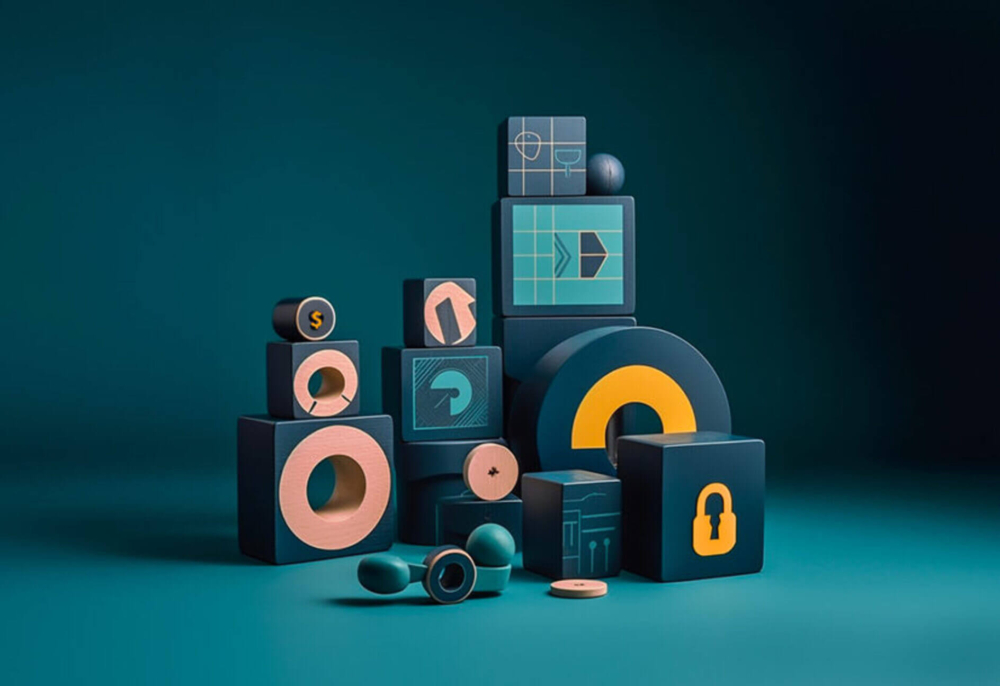
After the BOOM
If you’ve been thinking about using the money you would have spent on vacation this past year to purchase outdoor and recreational equipment, you’ll quickly discover many items are completely out of stock. Lots of Quebecers had the same idea, heading out to specialized boutiques in the hopes of finding that elusive sports gear as everyone waits for things to return to normal.
This unexpected frenzy caught many retailers completely off guard. For example, the sale of bikes in the U.S. went up by 68% in 2020 as compared to the same period in 2019. Even BRP announced an unprecedented growth of some 15% on Sea-Doos—their flagship product—in the summer of 2020.
The boom is real. At the start of the pandemic, manufacturers were forced to shut down their factories for weeks, affecting supply. At the same time, local demand skyrocketed, leading to huge inventory shortages.
Unbelievably, a large number of companies had record sales years. In the middle of a global pandemic!
Facing empty shelves and dissatisfied clients, many retailers and manufacturers are adjusting for 2021 and 2022 by trying to re-establish supply, fill their orders, and put pressure on every part of the supply chain to get it all done. To meet demand, the supply chain has been investing heavily to extend capacity. And all of this is being done while maintaining a linear (and optimistic!) projection about consumers’ sudden enthusiasm for outdoor activities.
These market fluctuations have left many managers puzzled. Does this constitute a true growth in demand requiring a permanent solution to increase production? Will this growth continue once the pandemic is over? Even Wall Street is asking the same questions. On top of that, we’re already seeing some brands lose ground. Bicycle manufacturer Giant saw a 10% drop in sales after Pfizer announced their vaccine was ready.
Instagram fatigue and the second-hand market
Personally, I feel the same uncertainty when faced with these questions, and would proceed with plenty of caution in the coming weeks and months. That said, if I were in their shoes, there’s another phenomenon that would be keeping me up at night: the smart new second-hand market.
Let’s take the example of a young couple. Fuelled by the beautiful European ski photos their friends posted on Instagram, our couple equips themselves with the very latest equipment, from skis and poles to boots, bindings, coats, and more. After a single ski trip (and posting pictures on their social-media networks), these new skiers realize this is not the sport for them. They decide that, at the end of the season, they will put their brand new, top-of-the-line ski equipment up for sale. Plus the money they make will help pay for the trip they’re planning now that the pandemic is almost over.
I like to call this “Instagram fatigue”—a name inspired by the instantaneousness of the platform—which represents the immediate boredom people feel for an activity once the pics have been posted and the likes stop rolling in.
The second-hand market isn’t new, of course. Kijiji and Craigslist have been around for a while, and retailers are familiar with the phenomenon. The difference now is that there are multiple channels, and—more importantly—these are accessible via social media. You’re never more than a click away from selling your stuff directly on Instagram or Facebook’s Marketplace. Not only are photos often more aesthetic than those found on other resale sites, it’s also quicker to share, and managed by a series of algorithms that make it easy to link sellers to potential buyers. This makes it so much easier for someone to find the high-end ski equipment they’re looking for, coupled with the reassurance that the seller is someone a person in their entourage knows, and not just some stranger on the Internet.
Seen this way, the second-hand market now comes with a powerful promise that was previously missing: trust. And don’t be fooled. This trust between friends can very easily replace the trust between an expert advisor and their client.
That’s why, in 2021 and 2022, a consumer who would have previously thought twice about buying new second-hand gear may find this option very attractive—to the detriment of specialized stores.
Now let’s look at this scenario on a larger scale. Imagine if tens of thousands of sports enthusiasts across Quebec managed to sell their practically new outdoor equipment to an equal number of buyers in 2021 and 2022. In markets of a certain maturity—which grow a few percentage points every year—an imbalance like this can have a devastating effect on manufacturers and retailers. Especially those who have invested heavily to increase production. These businesses will be inflated in a second-hand market that they can’t easily evaluate.
New business models?
If you are a manufacturer and you are being asked to fulfill large orders for your suppliers, 2021 and 2022 will probably be really good years. But that trend is likely to bottom out in subsequent years. A more prudent scenario would be to operate as if demand remained stable based on a reference curve—say, 2017 to 2019—to project for 2020 to 2025. Irresponsible investments based on linear projections that use 2020-2021 as a point of reference may prove to be particularly damaging.
If you are a retailer, you should be questioning the market and using creativity to your advantage. How do I invest smartly in—or better yet control—the second-hand market so that I can retain consumers before they become my competition?
At this point, three business models in use today in the automobile and telephony industries that may prove useful:
- Lease instead of buy
- Buy-back
- Product as a Service
Just like you can lease a car from a dealership (who will in turn sell the car on the second-hand market while also leasing you a new vehicle), or Apple will buy back your used iPhone (and sell you the latest model), you too can think long term about how to gain control of the second-hand market and keep your customers loyal to your brand.




















